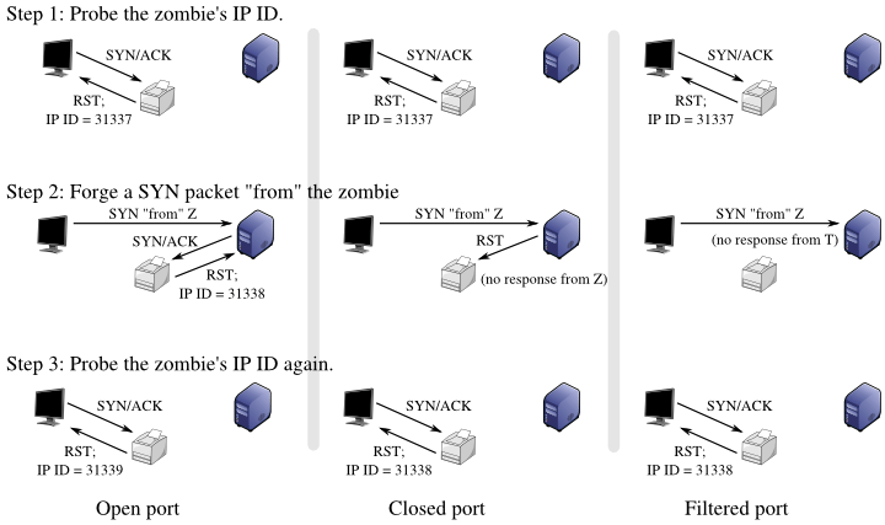How to Protect Server Ports from Scanning?
Servers are a valuable asset for any company, and their security plays a key role in ensuring the smooth operation of the business. One way to protect servers is to prevent port scanning. In this article, we will discuss how you can protect server ports from scanning.
Port scanning is the process of exploring open ports on a server to identify vulnerabilities and potential entry points for attackers. Attackers can use this information to attack your server and gain unauthorized access to valuable data.
Use Firewalls
One way to protect server ports from scanning is to use firewalls. A firewall is a filter that controls incoming and outgoing traffic, blocking unwanted requests and protecting the server from potential attacks.
Configuring a firewall to block access to unnecessary ports and allow only necessary ports can significantly increase the security level of the server.
Update Software
One of the most common ways attackers use vulnerabilities in outdated software versions is to attack servers. Therefore, it is important to regularly update the software on the server to fix vulnerabilities and reduce the risk of them being used for attacks.
Set up automatic software updates to ensure it is up-to-date and minimize the risk of unauthorized access to the server through vulnerable ports.
Use Strong Passwords
Strong passwords can prevent attempts to hack the server by brute-forcing passwords. Use long and complex passwords containing letters, numbers, and special characters. Avoid using simple and common passwords that can be easily guessed by attackers.
Do not store passwords in plain text and change them regularly to prevent unauthorized access to the server.
Conclusion
Protecting server ports from scanning plays an important role in ensuring server security and preventing potential attacks. Follow the recommendations in this article, use firewalls, update software, and use strong passwords to make your server more secure and reliable.





